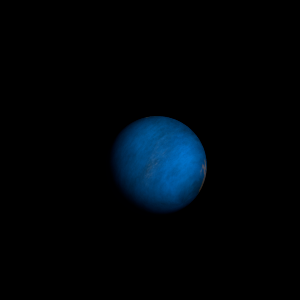|
|
Space Astro
|
Info for exoplanet "Thel Pa"
| Scientific (actual) data |
|---|
| Name | Kepler-1389 b |
| Planet status | Confirmed |
| Radius | 0.158 |
| Orbital period | 99.2531 |
| Discovered | 2016 |
| Updated | 2021-02-05 |
| Tconj | 2454980 |
| Publication | Announced on a website |
| Detection type | Primary Transit |
| Alternate names | 2MASS J19025218+4445303 b, K02931.01, KIC 8611257 b, KOI-2931 b, KOI-2931.01, WISE J190252.18+444530.1 b |
| Star name | Kepler-1389 |
| Right ascension | 285.72° |
| Declination | 44.76° |
| Mag j | 13.247 |
| Mag h | 12.83 |
| Mag k | 12.696 |
| Star distance | 521 |
| Star metallicity | -0.14 |
| Star mass | 0.81 |
| Star radius | 0.74 |
| Star age | 2.09 |
| Star temperature | 5078 |
| Star alternate names | 2MASS J19025218+4445303, KIC 8611257, KOI-2931, WISE J190252.18+444530.1 |
| Wikipedia article | Kepler-1389 b |
Back
| |
| Fictional info (?) |
|---|
| Suggested name | Thel Pa |
| Planet type | Cold planet |
| .
It was the one of the first exoplanets visited by a spacecraft, and one of the first to be successfully landed on. |
| Atmosphere | Ethane | 54% |
| Hydrogen | 44% |
| Ammonium hydrosulfide (NH4SH) | 1.3% |
| Neon | 0.14% |
| Atmospheric pressure | 0.001 bar |
 |
| No known satellites |
| Google search for Thel pa |
|
Website by Joachim Michaelis
|
|
|
|